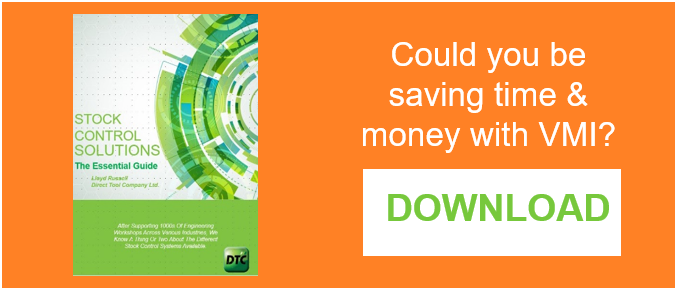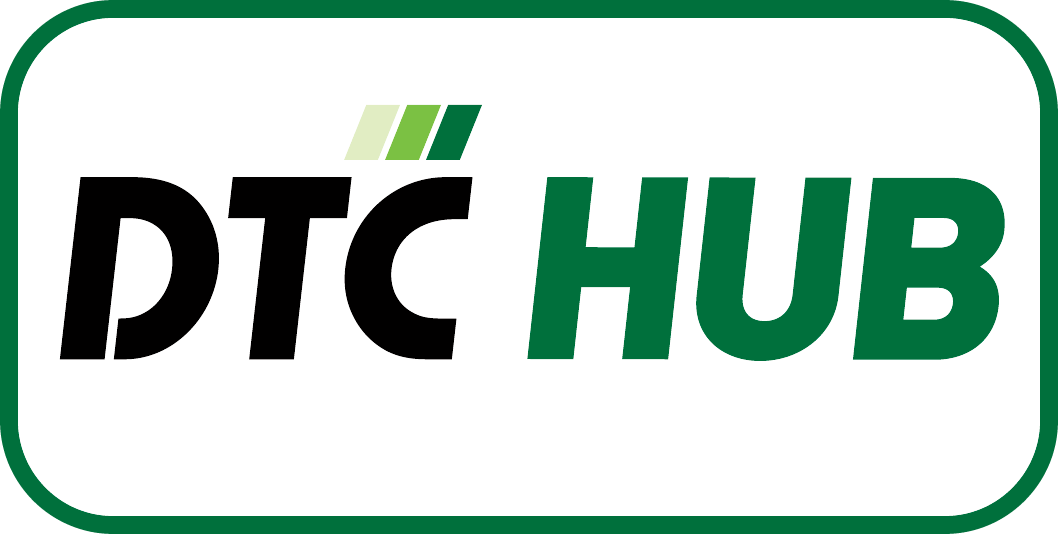Ok, this is a blog post that has been a long time coming. It seems that not a week goes by where we see these two terms interchangeably (and incorrectly) used to describe a wide variety of different things.
Let’s get this straight right from the start.
Vendor managed inventory (VMI) and consignment are not synonyms. They are not even remotely similar concepts. We have no idea why they seem to be confused with one another so often, but for some reason they are.
Today we are going to do humanity (and ourselves) a favour and explain the concepts behind VMI and consignment to clear this up once and for all.
Let’s get started.
What Is Vendor Managed Inventory?
Vendor managed inventory is a reasonably advanced form of stock management that has several potential benefits for all involved. In a VMI set up the supplier (the organization who provides the inventory) and the customer (the organization who needs their inventory replenished) have an almost symbiotic relationship.
Note: We have created an in-depth article on how VMI works and a few hints and tips for success with the system here. But we will give a rough overview in this article to enable us to clear up the confusion between VMI and consignment.
A VMI system takes a little bit of time and effort to set up, but once up and running it can become a highly profitable streamlined process.
 Essentially the supplier becomes responsible for ensuring that the customer has enough stock at all times. There are various ways this can be achieved, in some cases the supplier will regularly check the stores and top up as is required. In other cases the customer will submit stock counts on an agreed basis in order for the supplier to monitor usage and automatically take care of replenishment.
Essentially the supplier becomes responsible for ensuring that the customer has enough stock at all times. There are various ways this can be achieved, in some cases the supplier will regularly check the stores and top up as is required. In other cases the customer will submit stock counts on an agreed basis in order for the supplier to monitor usage and automatically take care of replenishment.
For this to work effectively it’s important that the customer provides the supplier with weekly (or even daily) reports on sales, usage, and any potential future projects that will demand stock.
The supplier then takes this information and inputs it into a VMI system to determine how much stock should be replaced. This is based on modelling of previous sales, forecasting, and other mathematical magic that is shockingly accurate after only a few months.
Key Benefits
The supplier gains very little from the arrangement in the short term. They are essentially taking on a huge amount of additional work without any of the data required to make the process profitable for them.
However, over time this changes, and within a few months, the supplier can start to accurately manage their own stock levels to increase their own efficiency (and profit margins).
The main benefit for a supplier, however, is that they gain a reliable, long-term customer who is unlikely to switch to another supplier (providing they provide a decent service). Switching suppliers when using a VMI system is not a trivial task, and if the current arrangement is satisfying a customer’s requirements – it’s rare that they switch to another supplier without good reason.
The customer benefits from this situation almost immediately when the first replenishment comes into their warehouse. They get an uninterrupted flow of stock that is constantly replaced without having to do the calculations themselves. When large orders come in, the supplier can see this almost instantly and start making provisions for replenishment.
Because the supplier is controlling the ordering process customers need a way to minimise the risk of the supplier ordering stock that the customer doesn’t need. This risk is usually mitigated in one of two ways.
The first way to do this is that the supplier agrees to buy back any unsold stock at any time. This negates any potential overstocking risk for the customer and the only thing they are “expending” is space in their warehouse.
The second way of mitigating the risk of overstocking is called….
Consignment.
What Is Consignment?
The concept behind consignment is reasonably simple. In a nutshell, it basically means that you don’t actually own the stock in your warehouse – it still belongs to the supplier. When you use (or resell) the stock you purchase it from the supplier. This way the customer only ever pays for what they use and investment in stock is massively reduced.
Essentially what this means is that the customer is selling (or using) stock that doesn’t technically belong to them yet (but as soon as the sale or usage takes place, it belongs to the customer).
Let’s look at an example.
Your supplier has provided you with several cans of paint in your warehouse on a consignment basis. Every single can belongs to the supplier, even though it is sitting in your warehouse.
One of your workers needs to use some of the paint from the project. They head on down to the warehouse and grab the paint (at which point they make a note of the usage somewhere). Now the paint now belongs to you the customer. Payment needs to be made on whatever payment schedule you and the supplier have worked out.
From the customer’s point of view, consignment can be used to create a significant advantage in some situations. Imagine you know of a highly specialist and expensive composite that it would be beneficial to have in stock. But this imaginary composite is rarely required due to its specialization. With consignment, you can have this composite in stock without having to pay for it unless it is needed.
Additionally, consignment allows customers to “test the waters” on new products or sales channels. Let’s pretend there is a brand new kind of game-changing paint on the market that customers may want (but is very expensive). Traditionally it would be risky to invest in the paint to have it in stock before you have established a demand for it. But with consignment, you can give your supplier a quick call and have it in your stockroom at literally 0 cost (or risk) to yourself.
This is just the tip of the iceberg with consignment, there are many other creative ways it can help customers increase sales and get the edge over their competition.
The Differences Between VMI and Consignment
As you can hopefully already see VMI and consignment are two entirely different principles. Let’s spell it out in a nutshell here:
- VMI is a method of controlling how much stock is in your stockroom. It has (almost) nothing to do with who owns the stock.
- Consignment is a method of determining who owns the stock in a stockroom at any given point. It has (almost) nothing to do with how it is replenished.
For example, most consignment based inventories in the world are totally unrelated to VMI.
Consignment is not a new idea (especially when compared to the reasonably modern idea of VMI). A customer can stock their warehouse on a consignment basis without ever even knowing VMI exists, let alone implementing it.
They are 100% unrelated concepts.
Similarly, VMI systems do not have to use consignment to decide who owns what in the customer’s stockroom. Many VMI systems use the “supplier buy back” method we mentioned in the VMI section above instead of using consignment.
However, just because they are unrelated concepts does not mean that they cannot be used together. It is possible (and often beneficial) for a VMI system to use a consignment based system. But this does not mean they are the same thing.
Just in case this isn’t getting through, we are going to say it one more time:
- VMI doesn’t have to use consignment
- Consignment can be (and is) used without VMI
- But consignment and VMI can be used together to great effect
Why Is Consignment A Good Complement To VMI?
Perhaps the reason that consignment is often confused with VMI is because the concepts work so well together. Because customers have little control over their stock levels in a VMI system they need some kind of assurance that they are only going to be paying for what they need.
The method we mentioned earlier about buying back stock from customers is a reasonably fine way of dealing with things. But it’s got nothing on consignment based methods and suppliers buying back stock from a customer is a hugely wasteful way of doing things in comparison.
With the buyback system, the customer needs to keep an eye on stock themselves to decide what they want the supplier to buy back from them. The customer and the supplier have to create invoices for both the initial sale and the buyback, and then money transfers need to be made.
With a consignment based system, you avoid all that wasted time and energy. The customer only ever buys what they need, and the supplier only sells what the customer wants.
Considering the long-term nature of a VMI system, this is a perfect scenario.
Conclusion
So there you have it, an overview of both VMI and consignment with a (hopefully) eye-opening analysis of how they are entirely different concepts.
VMI and consignment work hand in hand with one another very well…
But please try and help spread the word that they are not the same thing.

